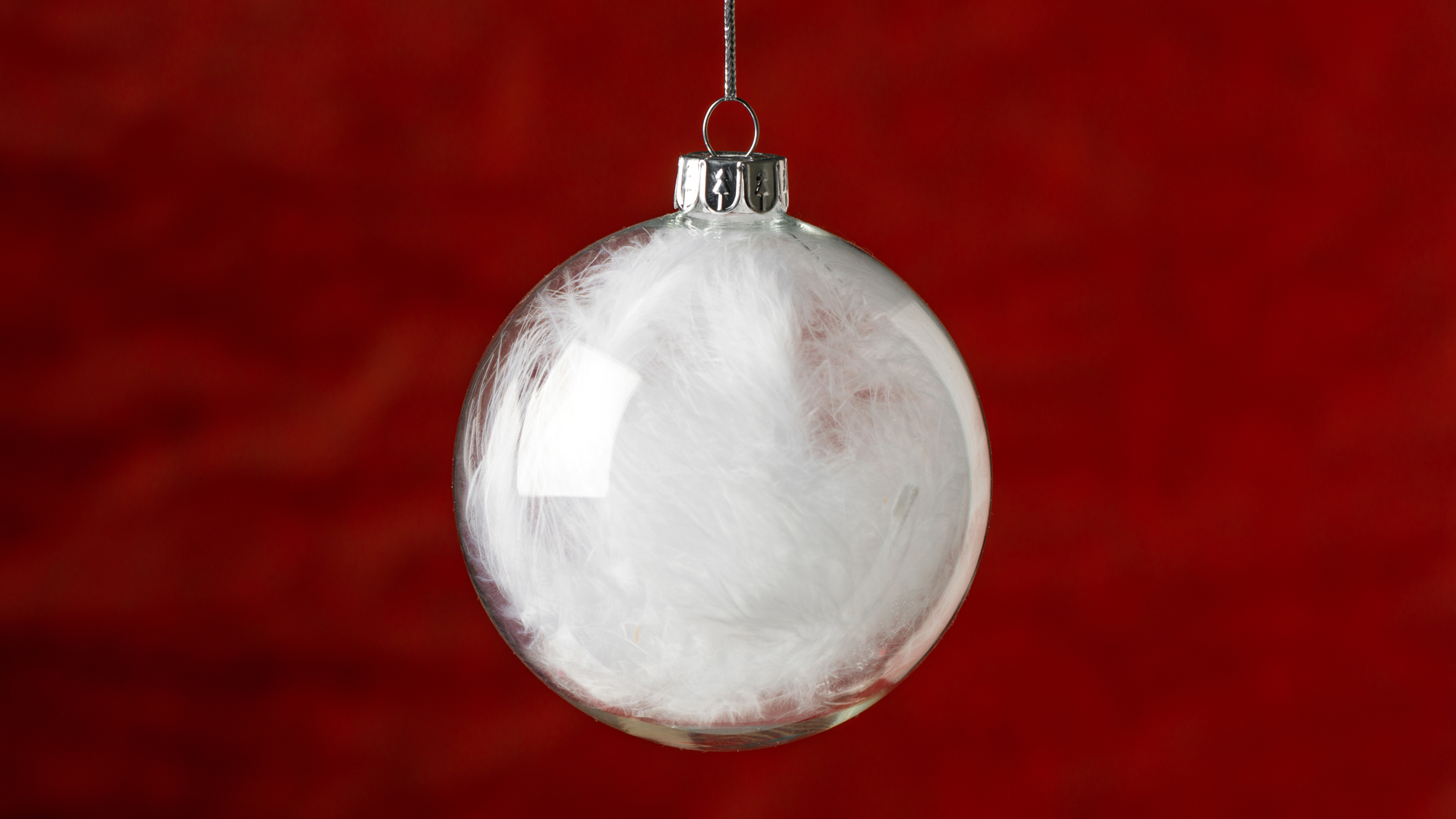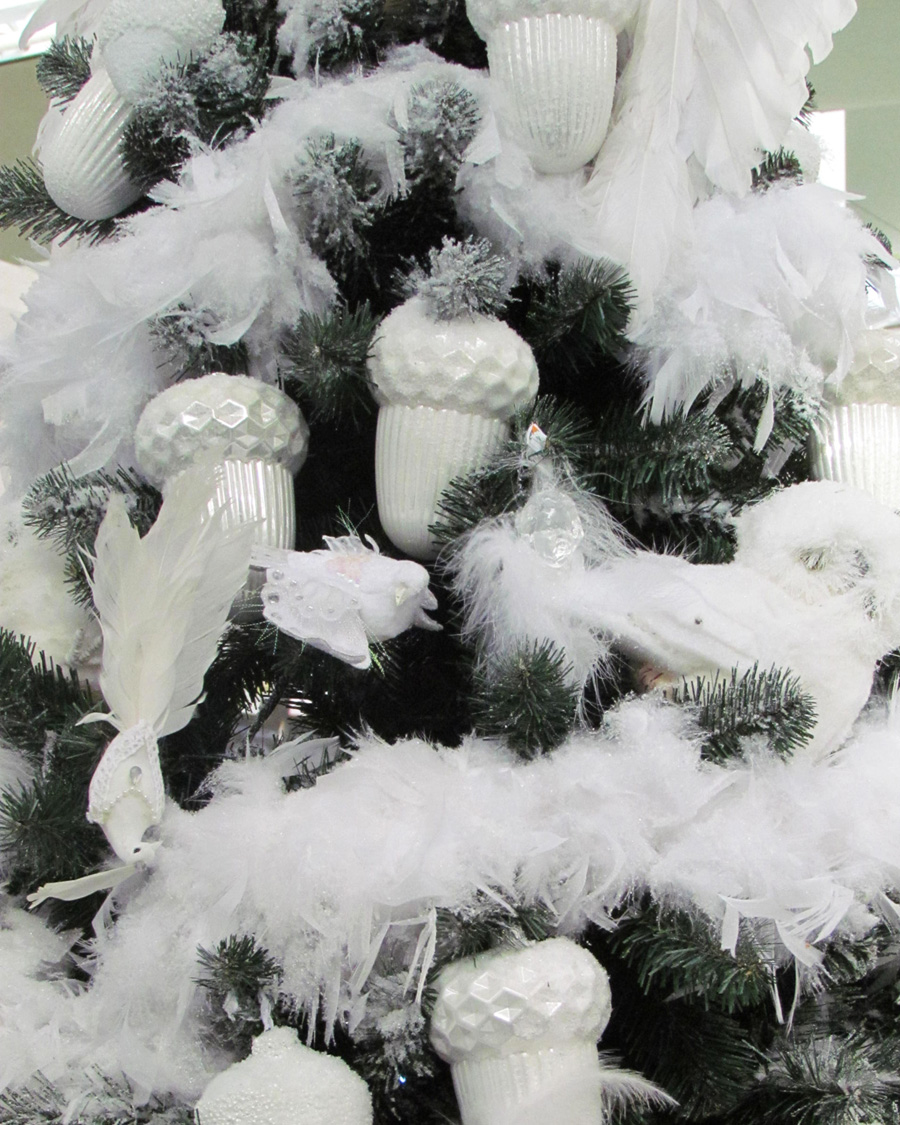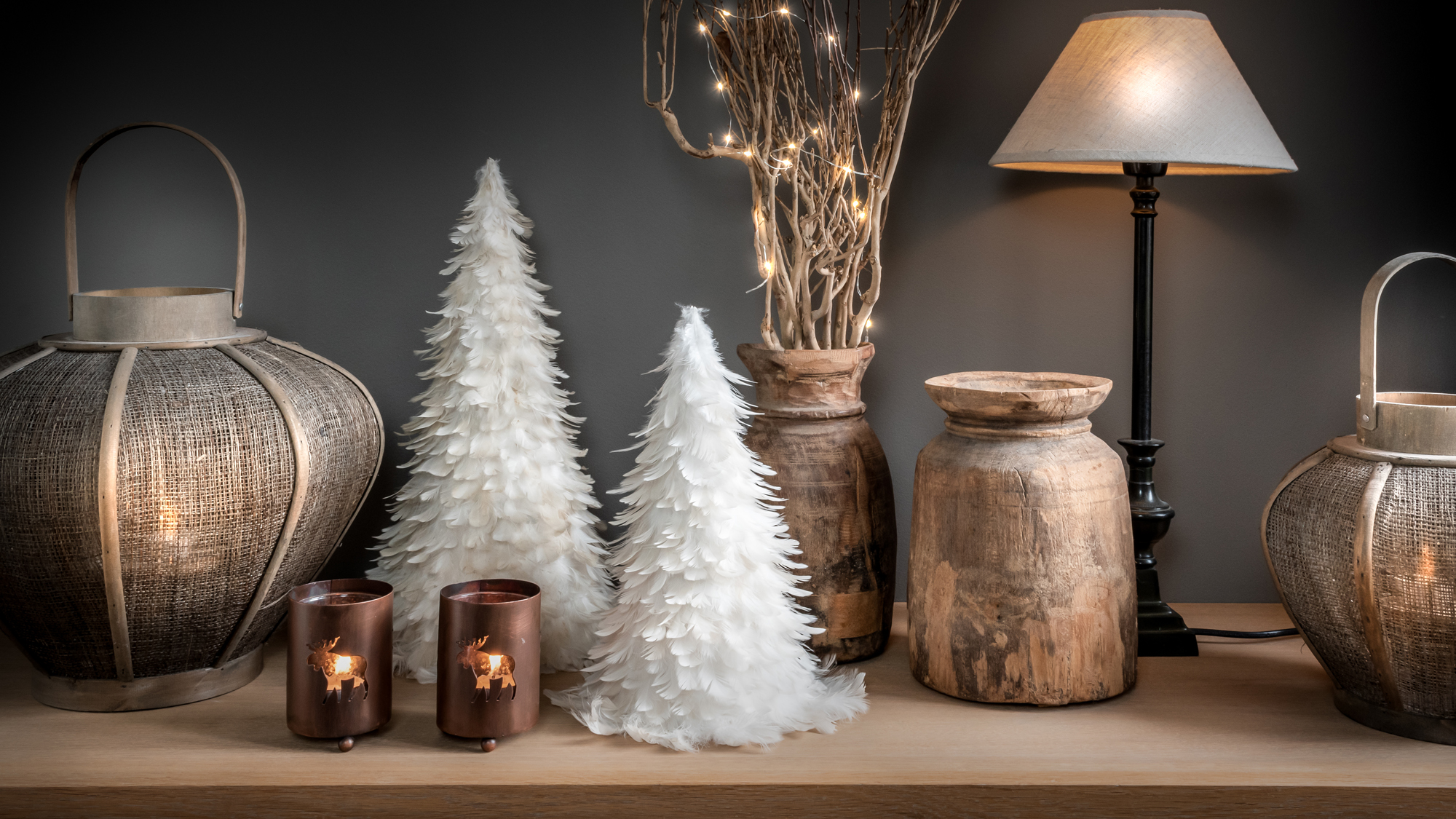The Feather Nightmare Before Christmas
What The Pluck!

Image ilbusca
Lynn Johnson
7 December, 2020
Thank you to one of our readers, who emailed HowToSpendItEthically.Org with a question about the source of feathers used in Christmas decorations. In a visit to a local department store, she found the vast range of feather Christmas decorations quite disturbing; HowToSpendItEthically.Org agrees, we should be concerned about this.
A quick search, finds feather baubles on sale (and in many cases Sold Out) from John Lewis to Asda in the UK, David Jones to Adairs in Australia and beyond. But it doesn’t stop with baubles, whole Christmas trees made of feathers are popular, as are wreaths. And while many of us may historically have had a feather robin on the Christmas tree, now this range includes parrots, owls, swans and peacocks, all made with feathers and some with added Swarovski crystals.
Whether you like a classic or contemporary theme for Christmas, one thing is for sure, for many, Christmas must be styled to perfection, and decorations are expected to be available in every colour. But maybe not red, as we shudder to remember the 2018 White House Christmas corridor of red trees!

Image Naira Deburck

Image NAPA74
This can’t happen without a modern-day plume boom, and when one feather factory alone, in China, can handle the feathers from 300,000 ducks a day, the tragedy of the supply chain leaves you thinking, what the pluck! The global supply chain for plumage isn’t transparent, though there have been attempts to develop Responsible Down Standards (RDS). And, while your outdoor puffer jacket may come with the RDS self-certification logo and paperwork, your Christmas baubles don’t.
The use of feathers in fashion and home decor has exploded in recent years, the reason being that as China’s prosperity grew, so did its citizens appetite for duck and goose. As a result, about 80% of feather plumage is believed to come from China. Great I hear you say, feathers are a by-product of food production, so there is no problem buying feathers, right? Wrong!
I can’t tell this story better than Simon Rabinovitch, Asia economics editor with The Economist, whose November 2019 article Soft power: how the feather trade took flight tells the 40-day life story of the ducks, who are, most likely, the source of your feathered Christmas decorations. Simon writes:
A Cherry Valley duck is a handsome creature. The name of her breed, conjures up the image of a rural idyll. But her life, in a small corner of eastern China, is nasty and short.
She spends her 40-odd days on Earth in a makeshift barn, its walls slapped together with heavy plastic sheeting. She is packed into a small room with thousands of other ducks, walking on wooden slats through which her excrement falls. Inside the barn there is a cacophony of squeaks. The youngest emit high-pitched chirps. As the ducks age, their coats turn white and their calls deepen into honks.
In her six weeks inside the barn, [she] never once feels the sun on her back. But, she cannot escape the light. Bare fluorescent bulbs hang from the ceiling and are never turned off, so that she is stimulated to eat as often as possible. She reaches maturity roughly twice as fast as she would in the wild.
Around her 40th day, [she] is pushed down a chute at the back of the barn. Squawking madly, she is loaded into a crate and driven to her final destination. For a few seconds, she may even catch a glimpse of sky. She squawks ever more frantically as she is turned upside down and her feet are slotted into metal clamps on an aerial conveyor belt….

Image cowboy5437
Ducks live on average 8 to 15years, but some as long as 20 years. The feathers for your Christmas decorations (and for apparel) came from a duck who lived for 40 horrible days.
Intensive farming of ducks and geese, as with all other types of intensive farming, creates a system that is not only unbearably cruel but also dangerous; the stress associated with the conditions, linked to a compromised immune system and disease. A 2004 outbreak of H5N1 influenza virus in Thailand, resulted in the death or slaughter of 60 million domestic fowl; ducks were recognized as silent carriers of the H5N1 influenza virus. Since then, intensive farming of ducks has increased.

The countdown to Christmas is bringing a sense of relief to many, after weeks and months of lockdown seeing Christmas decorations triggers positive emotions, including happiness, comfort and kindness.
By deciding not to style Christmas to within an inch of its life, let’s make 2020 the year we turn our backs on feather Christmas decorations, to show business and governments we are ready to live (more) kindly.
As such, we cannot support an industry where one factory can process the feathers from 300,000 ducks a day, everyday. And, where an animal that should live for a decade in the sunshine, is given just 40 days on earth in the 24/7 glare of fluorescent light.

Subscribe To
[mc4wp_form id=”29″]




